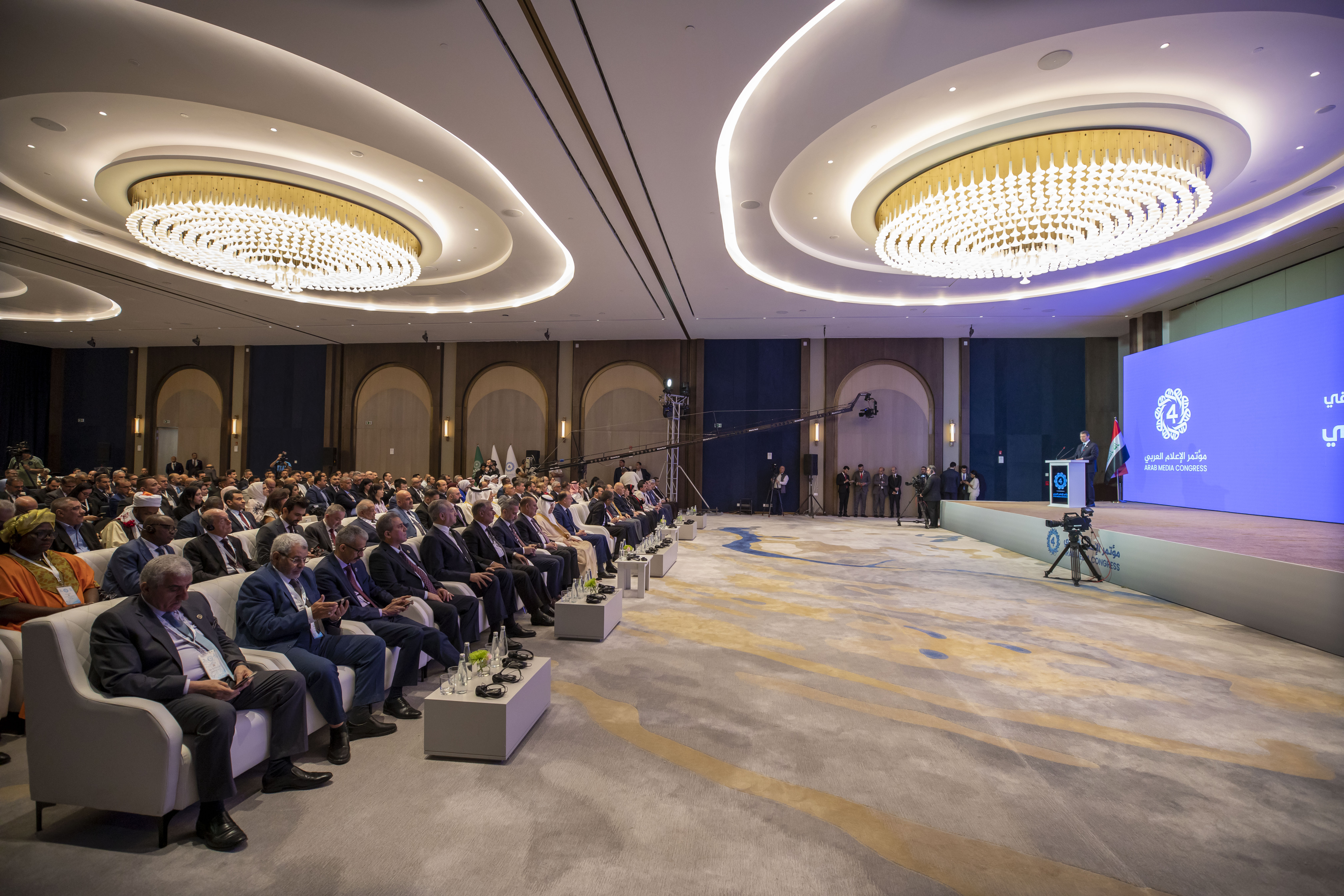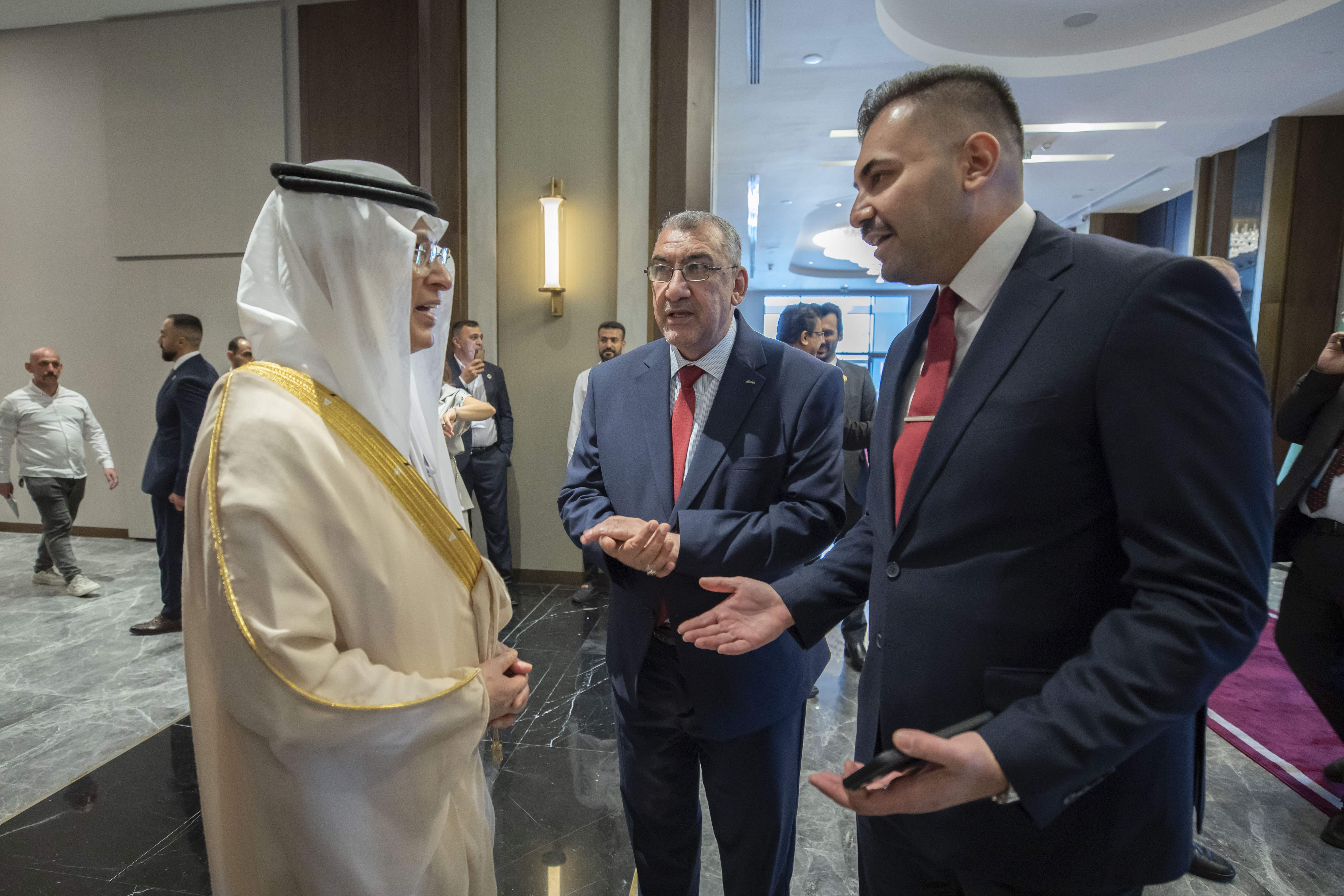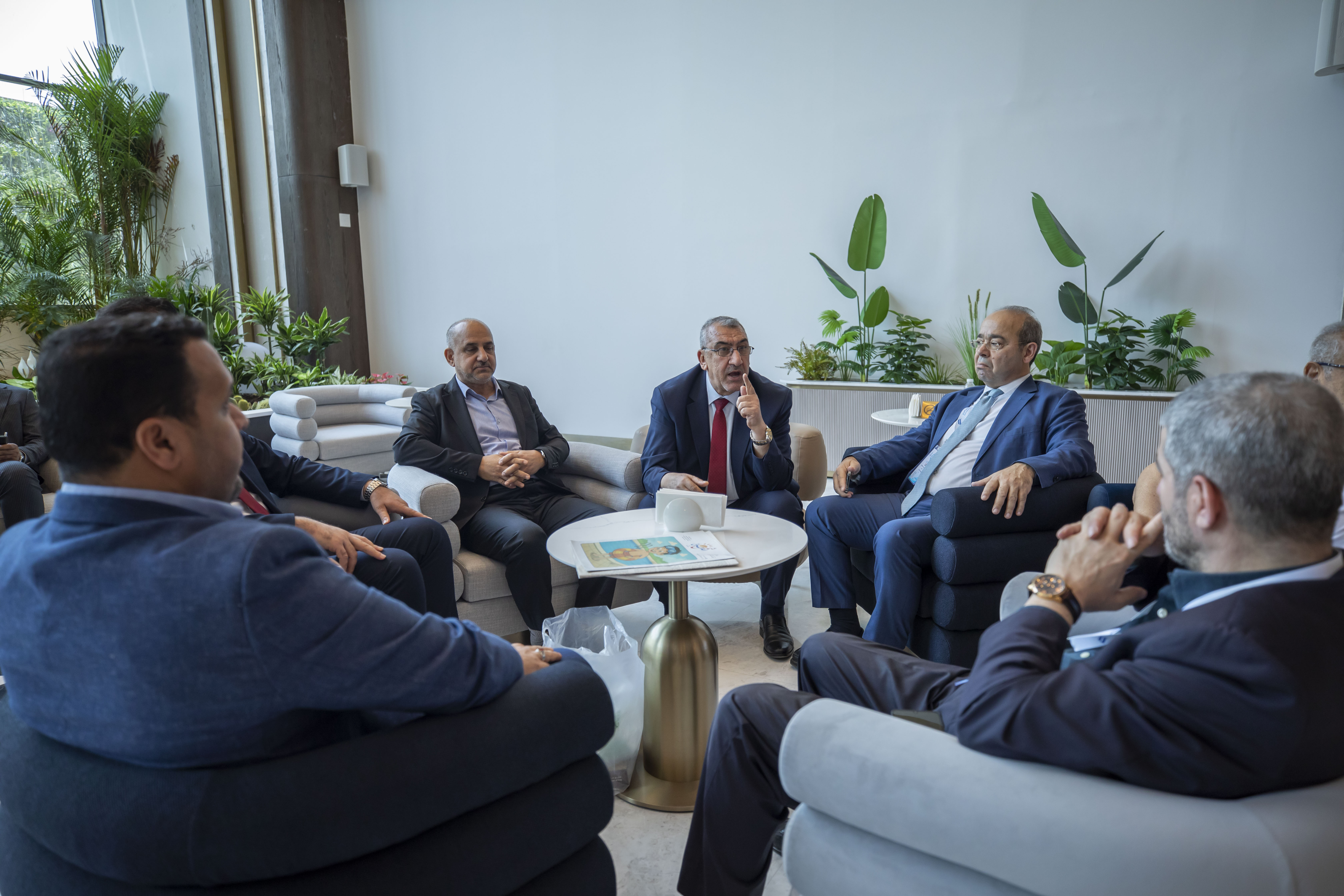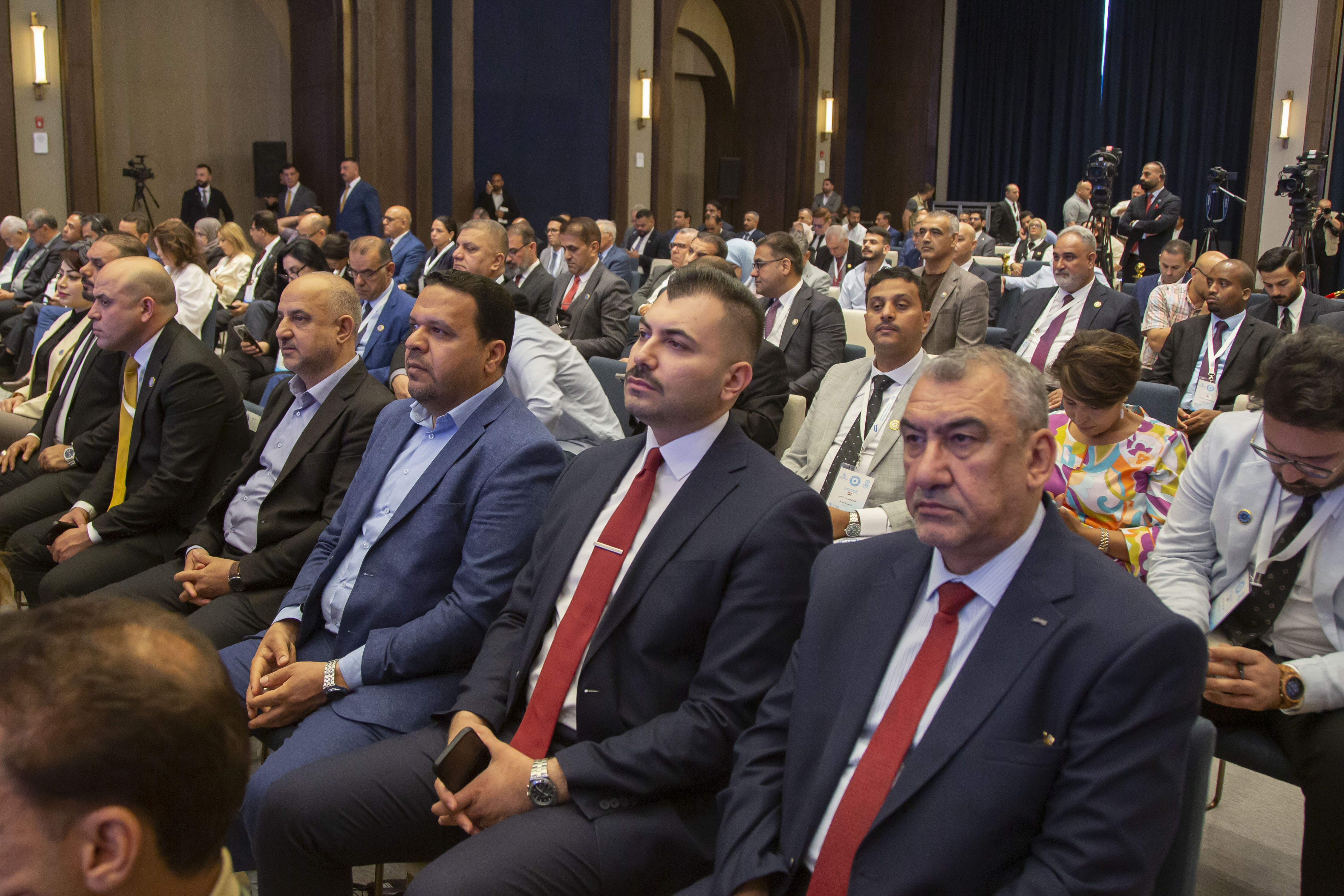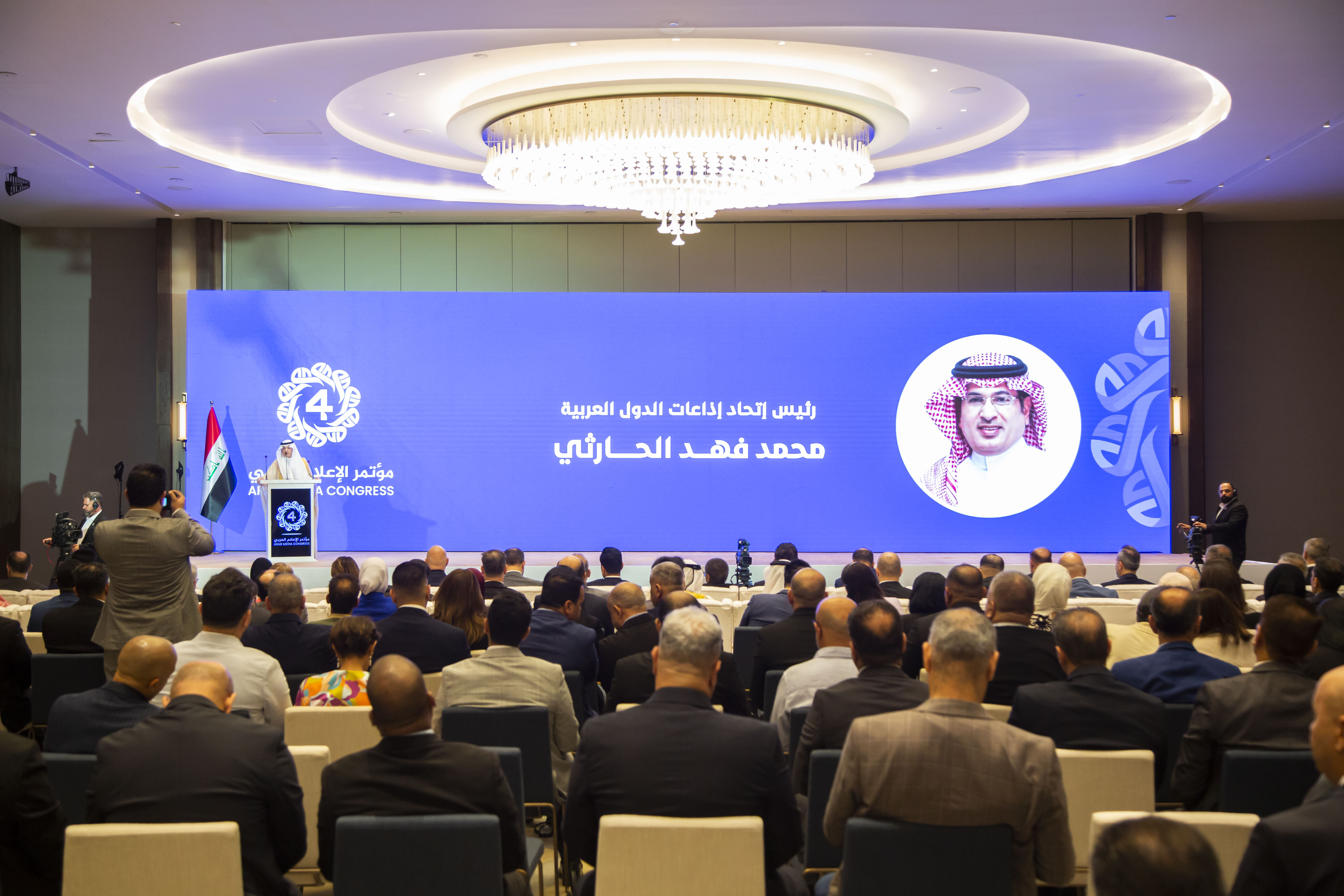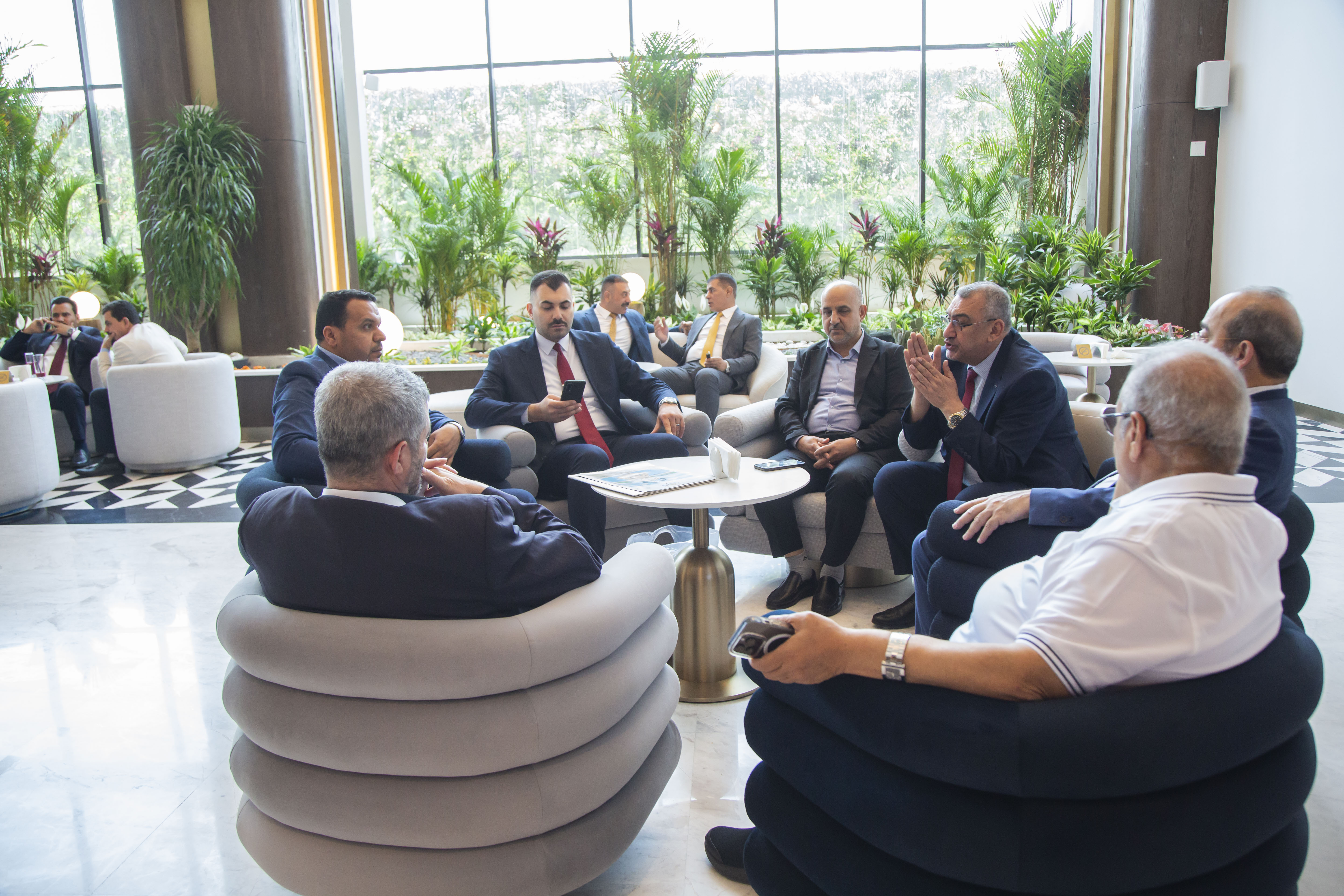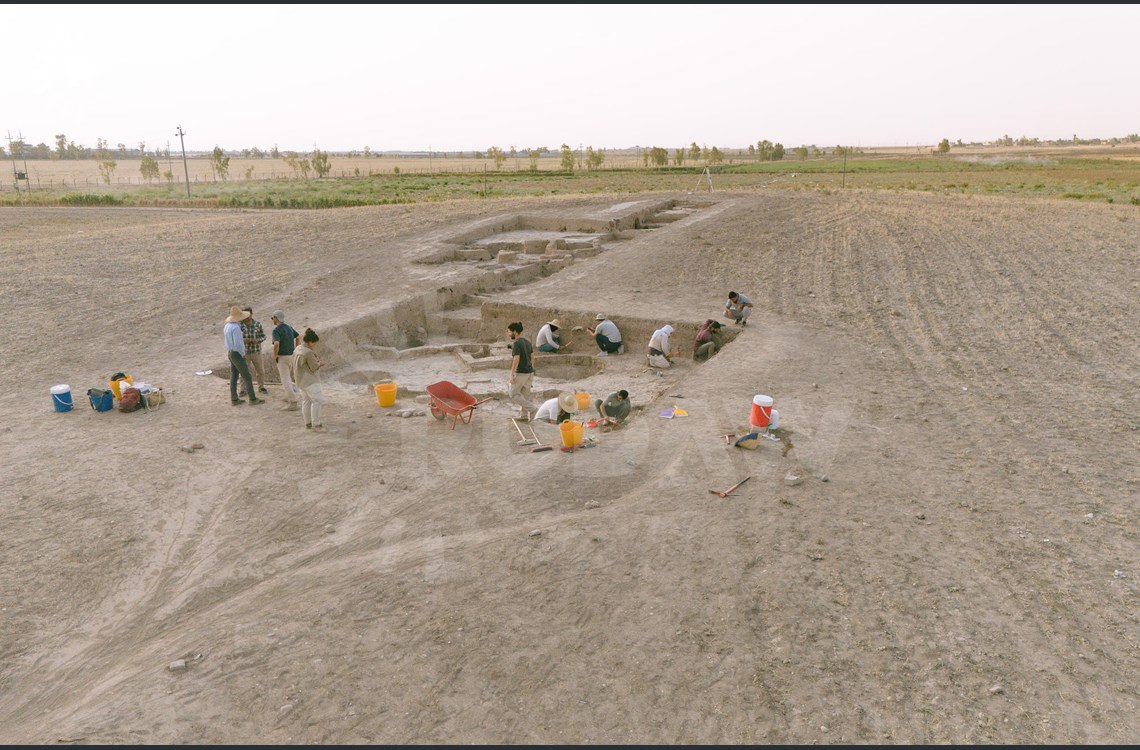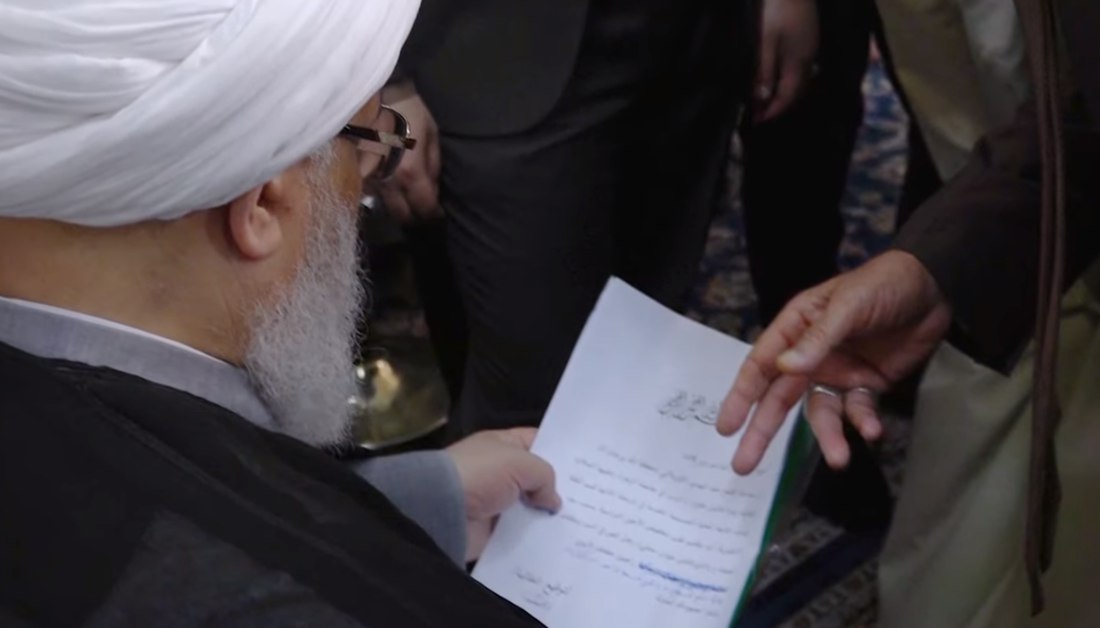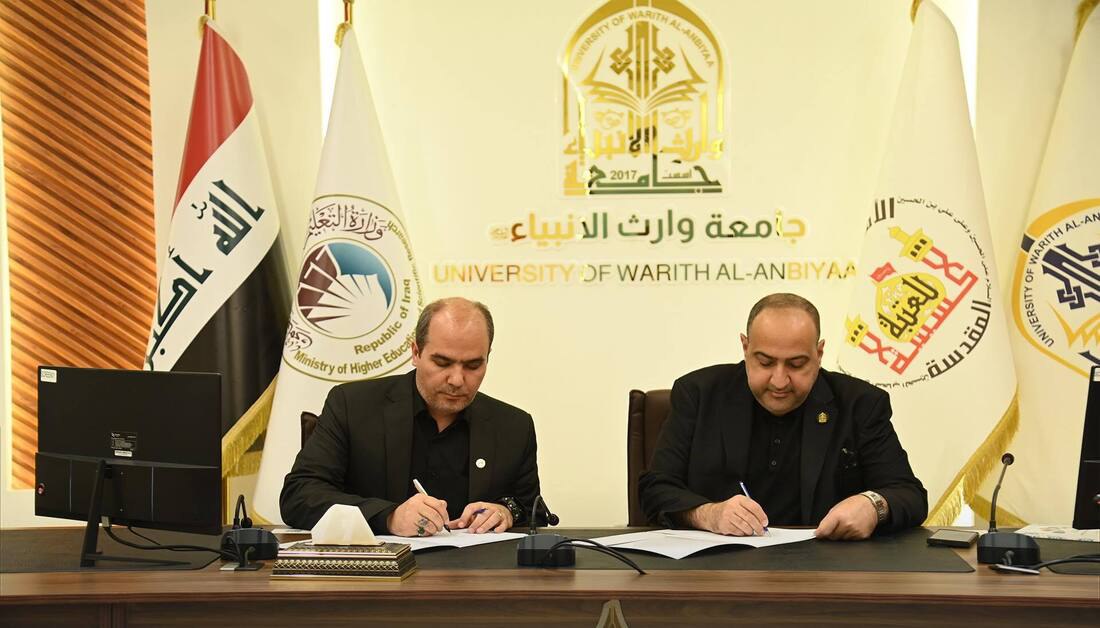Imam Hussain Holy Shrine participates in Fourth Arab Media Conference in Baghdad
A delegation from the Media Department of the Imam Hussain Holy Shrine participated in the Fourth Arab Media Conference held in Baghdad. The event was organized by the Arab States Broadcasting Union in cooperation with the Iraqi Media Network.
The delegation, coordinated by the International Media Center, included Al-Hassan Ni’ma, Assistant Head of the Media Department; Haidar Al-Mangooshi, Head of the International Media Center; and Dr. Khalil Al-Tayyar, advisor to the Holy Shrine.
This year’s conference focused on the media’s role in addressing climate change, featuring specialized workshops and sessions on environmental awareness, legislative support, and the responsibility of the media in communicating environmental challenges.
The opening session featured remarks from Iraqi Media Network Chairman Karim Hammadi and Prime Minister’s Advisor Dr. Aref Al-Saadi, followed by presentations from various participants. Key discussions explored the contributions of local and international organizations in promoting environmental awareness and the need for legislation to empower the media in addressing climate issues.
The conference concluded on Friday with a final statement highlighting the importance of integrating climate change into national media strategies, ensuring access to accurate environmental data, and enhancing cooperation between media outlets and government agencies to improve early warning systems for environmental disasters. It emphasized the adoption of regionally coordinated warning systems, the inclusion of environmental education in school curricula, and the promotion of scientific research and artificial intelligence technologies to analyze environmental data and predict disasters.
The statement also underscored the need to support local and international organizations working in environmental awareness, strengthen partnerships with UN bodies, and enact laws enabling the media to share reliable environmental information while curbing misinformation. It called for increased funding for environmental media and urged the training of journalists in big data tools, AI-powered content production, and ethical climate reporting. Finally, it encouraged the recognition of outstanding environmental journalists, the promotion of grassroots initiatives addressing climate change, and the organization of youth-oriented awareness programs to foster a culture of environmental responsibility.
Sabah Al-Taliqani
